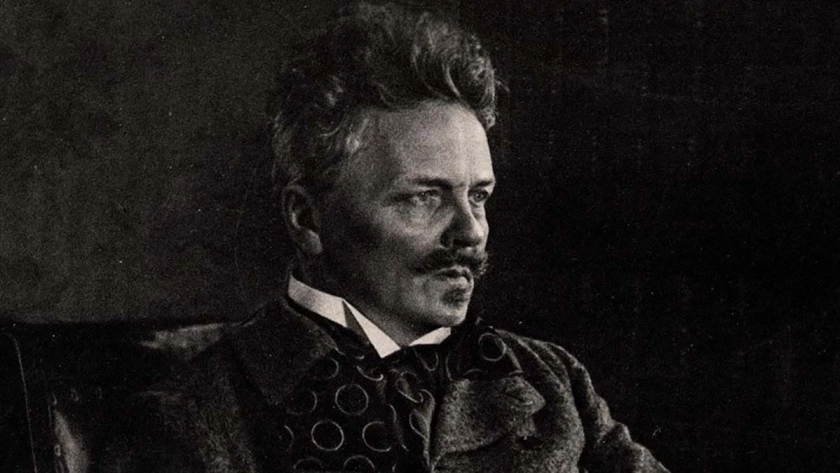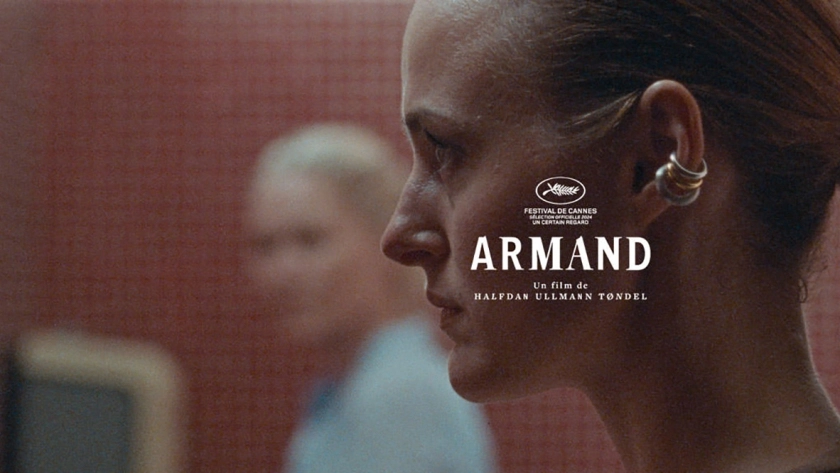
More than a century after his death in 1912, this multifaceted Swedish playwright continues to influence numerous Swedish creators. The Swedish director Ingmar Bergman frequently spoke in his interviews about the unbreakable bond that tied him to this master of Swedish theater. Even today, other artists, such as the playwright Lars Norén and more recently the cartoonist Knut Larsson, express their deep attachment to this spiritual father who revolutionized the history of modern Swedish literature and theater...
A Complex and Tormented Man
Born in January 1849 in the Riddarholmen district of Stockholm, Johan August Strindberg is a shy and awkward child, but he quickly reveals a sharp and demanding intelligence, accompanied by an intense sensitivity that causes him to waver between daydreaming and romantic exaltation. His life is profoundly marked by the premature loss of his beloved mother, as well as by the rapid remarriage of his father, with whom he has a tumultuous relationship and for whom he develops a deep contempt.
He will carry the burden of this painful and complicated childhood throughout his life. From a young age, he becomes subject to uncontrollable outbursts of religiosity that lead him to severe existential crises and deep depressions, sometimes even to psychiatric illnesses. His romantic life was equally tumultuous: married three times and divorced three times, he, who "could only love by hurting," turned his married life into a veritable hell. Nevertheless, he managed to draw intense inspiration from this suffering, thus fueling a destructive misogyny.
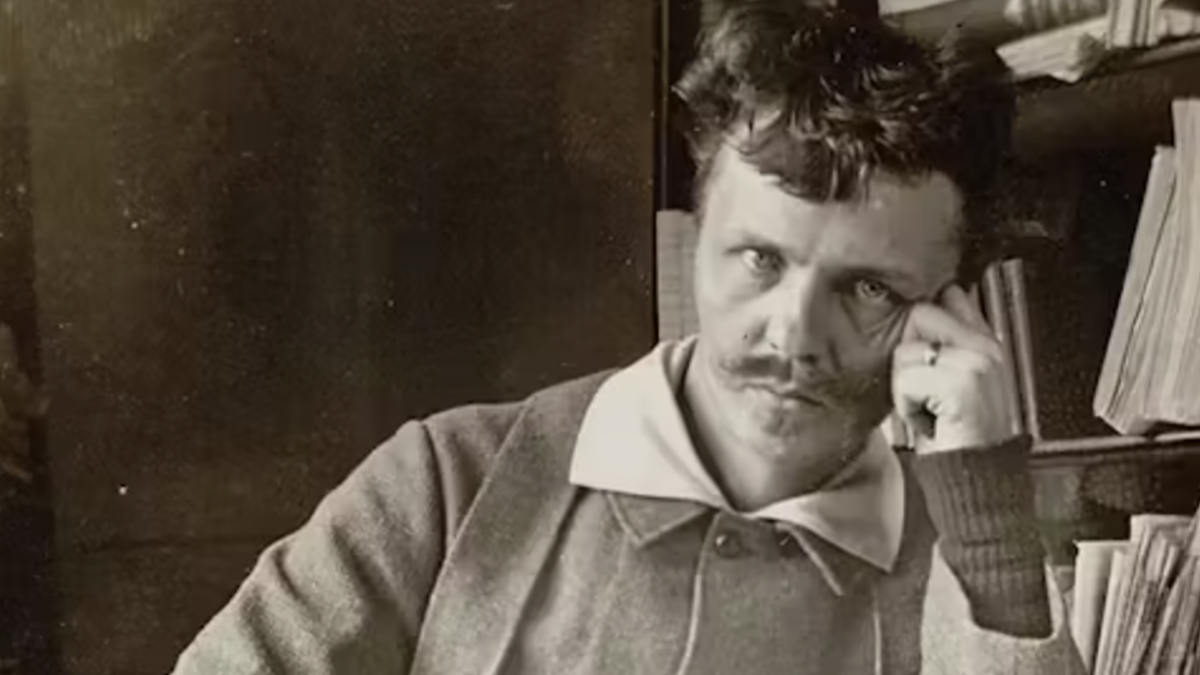
August Strindberg 1849-1912
Ravaged by powerful neuroses and under the influence of absinthe, he dies alone, sick, and without resources in his Stockholm apartment, leaving behind a body of work marked by his inner turmoil. He is buried in the Northern Cemetery of Stockholm in 1912.
A Rich Body of Work and a Transversal Artistic Approach
Despite a personal life filled with obstacles, Strindberg quickly proves to be a prolific and multidisciplinary artist. As a pioneer of modern European expressionism, he published a significant number of plays, short story collections, and several essays and novels between 1879 and 1912, achieving considerable success with the public.
Among his most emblematic theatrical works is Fadern (Father), published in 1887, which explores the conflict of a couple driven to madness over the education of their daughter, Bertha. Another major play is Fröken Julie (Miss Julie), published a year later in 1888, and first performed in Copenhagen by Strindberg’s first wife, Siri Von Essen, a renowned actress. This work has since been performed numerous times around the world, and the lead role has captivated many great actresses, such as Isabelle Adjani, Fanny Ardant, Julia Roberts, Liv Ullmann, and Juliette Binoche.
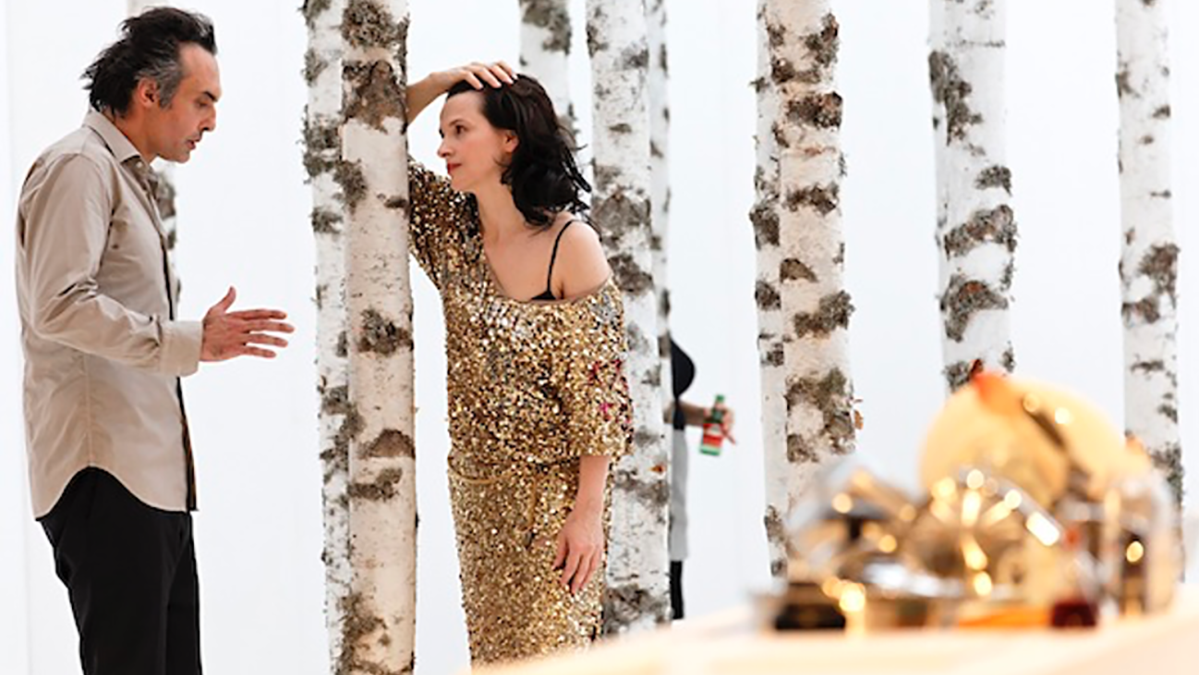
Source le Figaro, Festival d’Avignon 2011
Let’s also mention Dödsdansen (The Dance of Death) and Drömspel (A Dream Play), both published in 1901, which explore the torments of married life through the lens of expressionism. We can also refer to Pelikan (The Pelican), one of Strindberg’s last plays, published in 1907.
In addition to his theatrical work, Strindberg wrote numerous novels and essays. His most famous novel is undoubtedly Röda rummet (The Red Room), which achieved immense success and earned him comparisons to his Norwegian counterpart, Ibsen, with whom he maintained a tumultuous correspondence throughout his life. Another significant novel, Hemsöboarna (The People of Hemsö), published in 1887, illustrates the life of a peasant, Carlsson, who seeks to integrate into a hostile fishing community. In this comedy, Strindberg depicts a gallery of caricatural yet endearing characters.
Finally, it is important to mention Inferno, published in 1897, an autobiographical account that sheds light on the artist’s mental struggles, as well as his anxiety crises and paranoid delusions. Disappointed with the literary world, Strindberg even dedicated several years to research and experiments in chemistry.
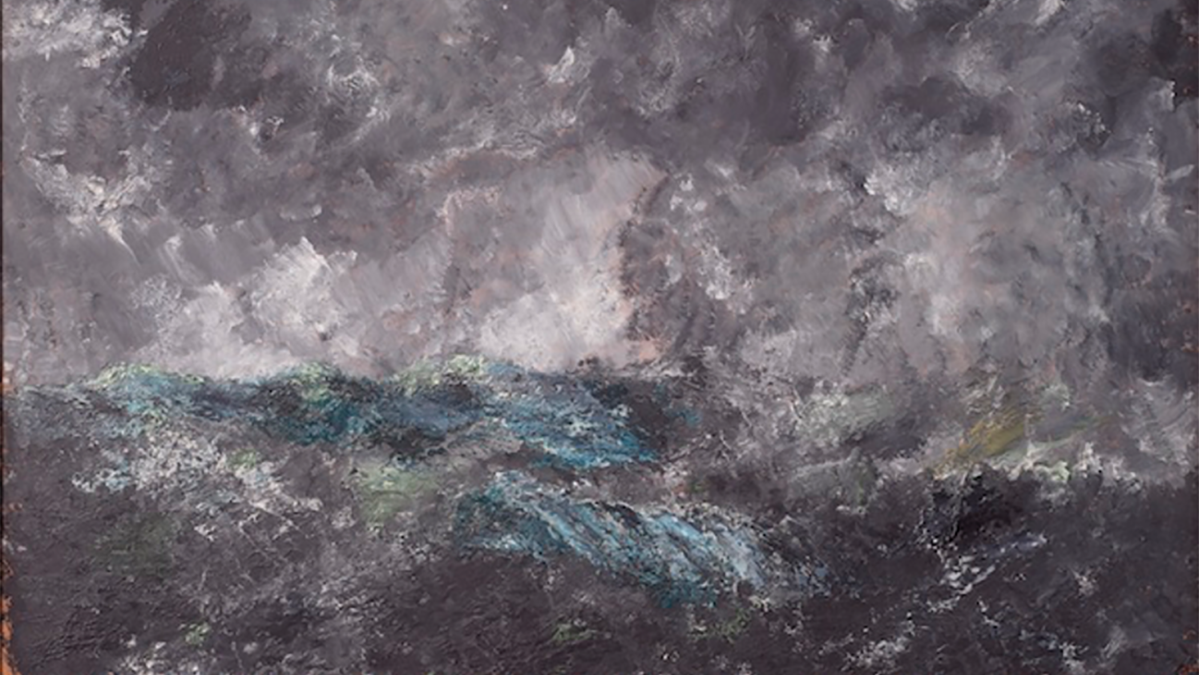 The Flying Dutchman Dalarö, 1892
The Flying Dutchman Dalarö, 1892
Strindberg would also reveal himself throughout his life as a talented photographer and painter, producing works of great expressive power, such as the one presented above. An exceptional and multifaceted artist, he would be regarded as an explorer of darkness through his painting. This form of art would provide him with a means to express what he could no longer convey through words. Thus, his literary work and pictorial creations enrich each other, allowing for a better understanding of the complex personality of this unique artist who continues to captivate.
 en
en FR
FR IT
IT ES
ES
